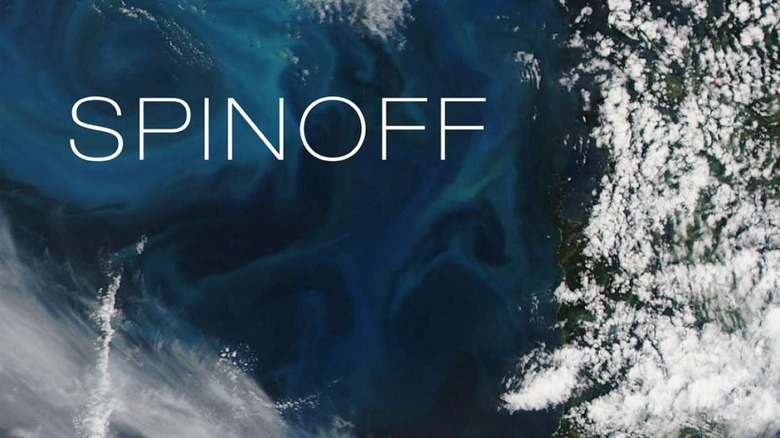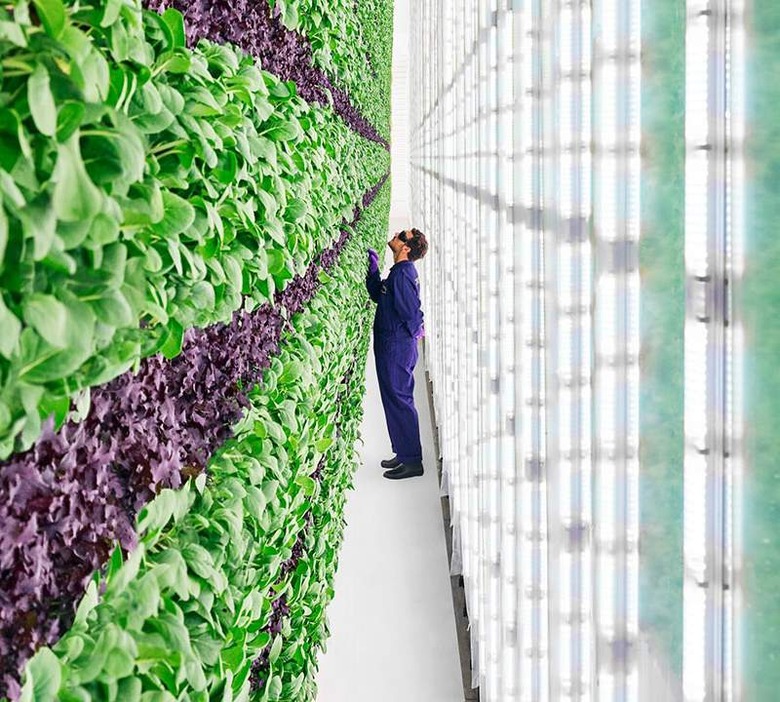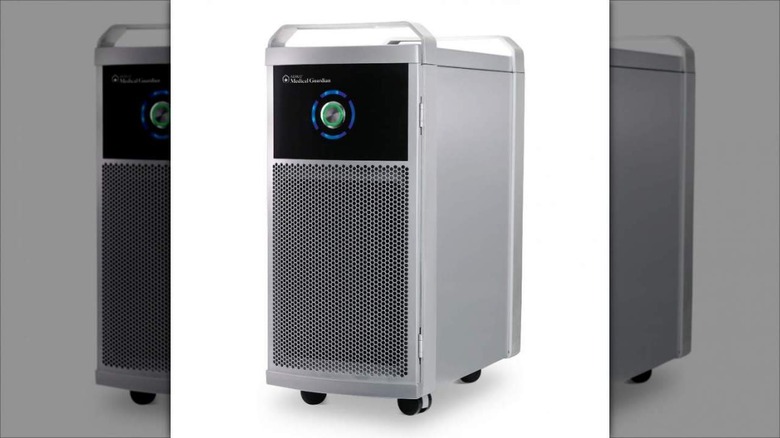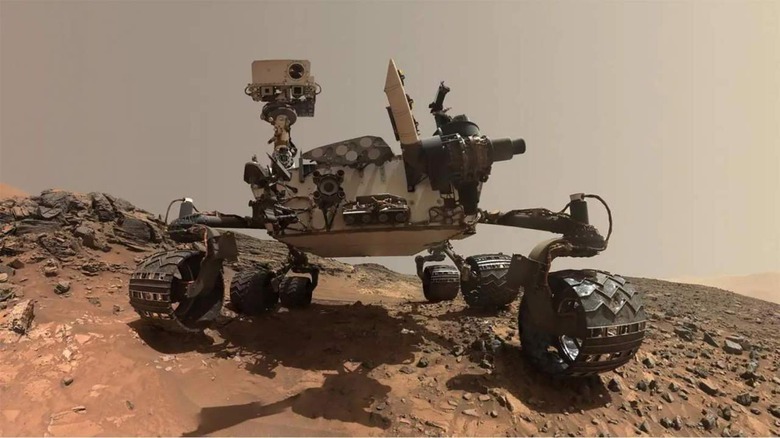NASA Spinoffs 2022 Brings Space Tech Back Down To Us Earthlings
NASA may be best-known for its role in exploring space and putting men on the moon. What many people may not realize, however, is the agency arguably does more to better life on Earth than it does in the exploration of space. That revelation shouldn't come as a surprise. While the agency's primary mission is focused on space, actually achieving that goal requires a tremendous amount of innovation and out-of-the-box thinking. More often than not, products, services, and methods designed to solve a problem in space have valuable applications here on Earth. In addition to technology developed for space, NASA also focuses some of its development efforts specifically on terrestrial issues humanity is currently facing.
Improved prosthetic limbs, solar panels, freeze-dried food, DustBuster vacuums, memory foam, air purifiers, athletic shoes, and resistance-based workout machines are just a few of the everyday items NASA's had a hand in creating over the past few decades (via 24/7 Tempo). True to form, this week NASA is shining a light on a few of its most recent spinoff projects, some of which could be every bit as revolutionary as the items listed above.
Spinoffs 2022
NASA has released its Spinoffs 2022 publication here in January of 2022, detailing some of the innovative ways companies are using technologies and methods it has pioneered. The publication details more than 45 companies using various NASA technologies across a wide range of industries.
"NASA's technology portfolio contains many innovations that not only enable exploration but also address challenges and improve life here at home," said Jim Reuter, associate administrator of the agency's Space Technology Mission Directorate (STMD) in Washington. "We've captured these examples of successful commercialization of NASA technology and research, not only to share the benefits of the space program with the public but to inspire the next generation of entrepreneurs." We've taken a quick peek at a few key examples of major projects NASA included in this year's Spinoffs, starting with a farming technique you might've seen or read about in your favorite science fiction film or story.
Vertical Farming
One of the major highlights of the program is vertical farming. Vertical farming, also called controlled environment agriculture (CEA), is an ideal solution for space travel, since it maximizes available space, minimizes resource usage, and is not dependent on traditional solar light.
Plenty Unlimited Inc. is one company using NASA's innovation and applying it to terrestrial farming. According to the agency, the company is able to successfully farm food using just 1% of the water a traditional farm would consume. Plenty is also able to farm year-round, and place its vertical farms in cities. By placing the farms indoors, the crops are protected from environmental factors that can negatively impact yield. What's more, because the plants are farmed vertically, CEA takes significantly less space. In fact, Plenty's two-acre farm rivals a traditional 720-acre farm, in terms of yield.
Next-gen Air Filtration
The COVID-19 pandemic shown a light on the need for better air filtration systems, especially once it was discovered that air transmission was one of the primary means the virus spread.
Fortunately, NASA has a long history developing air filtration technologies for ships and space stations, and companies were eager to put that innovation to use in the fight against COVID. ActivePure Technology, TFI Environmental Company Inc., and Airgloss are a few of the companies using NASA-designed air filtration.
Because of the benefits NASA's technology provides, these companies' products — which were considered niche products before the pandemic — were suddenly in such high demand that the companies are struggling to keep up.
Amorphous Metals for improved Robotics
Another area where companies are building on NASA tech is in the realm of robotics. It's safe to say no agency relies on robots more than NASA, using them to explore the surface of Mars, in addition to various orbital tasks. Unfortunately, the world of terrestrial robots is still far behind what science fiction has imagined for decades. The limits of artificial intelligence (AI), cost, and usable designs are limitations the industry has yet to fully overcome.
NASA's innovations are helping, however, leading to the rise of "cobots," collaborate robots designed to better interact with humans. A number of factors are contributing to this new generation of robots, including improved AI, and the ability to create smaller, cheaper robots.
The latest (and perhaps most important) technological breakthrough from NASA that's driving us full speed toward our next generation of robotics is the use of gears made of amorphous metals. One of the challenges NASA encountered in space was using traditional steel gears that need to be lubricated. In the cold of space, lubrication doesn't work very well, so NASA came up with a method of creating amorphous metals. These alloys are cooled from liquid to solid so quickly that they retain properties of both glass and metal, thanks to randomly arranged atoms. These alloys can then be used to create gears that do not need lubrication.
In the realm of terrestrial robot design, gears can be made out of amorphous metals at roughly half the price of steel, significantly reducing the cost of robot manufacturing. See NASA's spinoff company Amorphology Inc to dive deeper on this next-generation innovation.
Without a doubt, numerous industries owe some of their biggest breakthroughs to inventions born at or inspired by NASA. Spinoffs 2022 is just the latest examples that show how much the agency contributes to a wide range of scientific endeavors.




